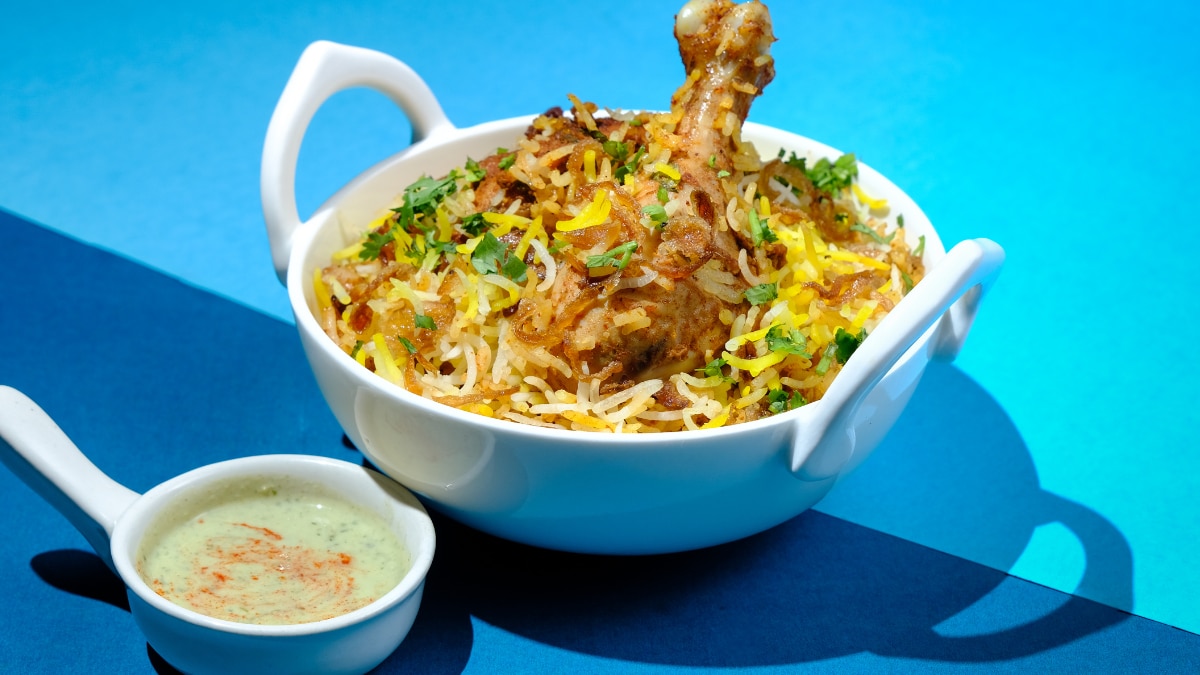History And Origin Of Chutneys In India
Originating from the Sanskrit word 'chaatni' which means 'lick,' chutneys were prepared by grinding mixtures with two stones- a mortar, and a pestle.

Chutneys, which are a mixture of one or several herbs and spices with fruits or vegetables, make a traditional dish in almost every Indian household. Originating from the Sanskrit word 'chaatni' which means 'lick,' chutneys were prepared by grinding mixtures with two stones- a mortar, and a pestle, which gradually transformed into food processors and blenders. In ancient India, people used this practice to assist in preserving foods like fruits and vegetables.
Chutneys can go well with dosa, cheela, vada pav, and chicken tikka and are used as a dip or spread with sandwiches too! They are a burst of numerous different flavours and are thus an integral part of Indian cuisine.
ALSO READ: 10 Health Benefits Of Drinking Warm Water In The Morning
ORIGIN:
Chutney dates back to the 17th century, introduced during the Mughal era when emperors brought diverse culinary influences from Central Asia to India. Mughal kitchens featured elaborate feasts with chutneys made from exotic ingredients like saffron, rose petals, and dried fruits. Legend has it that when Emperor Shah Jahan fell ill, his doctor recommended light, flavourful, nutritious, and easy-to-digest food, leading royal cooks to invent chaat and chutney, traditionally served together.

MODERN-DAY VARIATIONS:
There are numerous types of chutneys- hot, sour, sweet, semi-sweet, sweet and sour and more depending on the climate in the area, availability of ingredients, types of meal, and spice endurance. They can be served as a side dish for main meals or as the top layer in Indian chaat.
Chutney is prepared from different ingredients such as fruits, vegetables, lentils, and curd. They come in consistencies from very smooth to a chunky consistency and can be consumed either cooked or raw. Provincial variations exist, for instance, the coconut chutney differs in taste between Karnataka, Kerala, and Maharashtra. Different from the British and American chutneys, which are more like fruit jams that are served with meat pies, and other savoury dishes, chutneys in India are versatile components of Indian cuisine.
5 POPULAR CHUTNEYS:
Here are five popular chutneys made from fresh produce, each offering unique flavours:
Mint Raita Chutney:
For the chutney, using a blender, mix yoghurt with fresh mint, coriander, green chillies, and cumin until paste-like. This particular chutney is ideal to serve with biryani /kebabs /any kind of grilling dish since it gives a cooling sensation, as well as contributes to the taste which is incorporated in the preparation process.
Onion Chutney:
Saute onion with tamarind, fried red chilli, and garlic to a paste-like thickness and puree it. It is easy to prepare this spicy and tangy chutney, served alongside dosa, idli, and other South Indian appetisers.
Beetroot Chutney:
Beetroot should then be cooked until tender. Blend into a paste with grated coconut, green chilli, ginger, and spices. This chutney has a bright pink colour, and it is very delicious when served with rice, and parathas.
Raw Mango Chutney:
Raw mango is grated to which fresh mint, coriander leaves, green chillies, and jaggery are added. The mixture is chopped and ground to make a paste. This is usually paired with pakoras and samosas and is also good when used as a base for making Sandwiches.
Imli Chutney:
Mix tamarind pulp with water and prepare a solution by adding jaggery along with cumin and red chilli powder until it reaches a pouring consistency. This can be served together with, chaat or, samosas.
(Anasuya Suji Anil is a student of NIFT)






































